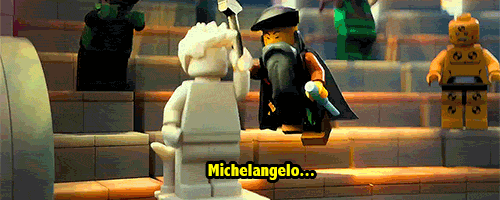Text
I'm genuinely so relieved HnK is over. This story brought me nothing but agony over just how vile it became. This did not in any way shape or form a good story by the end. They really let violent colonization happen with a big smile, they really went with killing off two entire cultures and had the gall to celebrate it with a giant party for the colonizers. They had the nerve to groom a character for fun and make it quirky and cute. Ichikawa is a pathetic writer and I hope I never have to read another work of hers in my entire life.
5 notes
·
View notes
Text
I must not mock Gen Alpha. Mocking Gen Alpha is the mind killer. Mocking Gen Alpha is the little-death that brings total generational solidarity obliteration. I will engage with Gen Alpha lovingly. I will permit them to be cringe. And when they grow up I will turn my eye to their accomplishments. Where mocking has gone there will be nothing. Only generational solidarity remains
7K notes
·
View notes
Text
For some mutials that can be interested
Btw this folder has all the Spinjetzu Brothers books, the Garmadon comics, Quest for the Lost Powers, Wu's Journal, and two of the Dark Island Trilogy graphic novels.
@alizibtheterrible Tagging you specifically for the Dark Island Trilogy
400 notes
·
View notes
Text
How to write good dialogue
Almost every story needs dialogue - obvious right? Well, this post is about the not-so-obvious sides of conversations. I've struggled a LOT with snappy and realistic speech, so I've made it my mission to collect some handy directives. Here is what I found:
Contents
Information Dumps
Setup And Payoff
Characterization Through Dialogue
Three Simple Questions
Four-Sides Model
Depth
About Answers
Sources And Credits
⮮ Let's go! (^▽^) ⮯
Information Dumps
Everybody knows them, everybody hates reading them. But how do we avoid them? Something really clicked for me when I understood context. If your character talks about something that happened in the past, they don't need to explain what happened. They were there. Here's an example:
"It would be nice if we at least got a B for that paper. Since I will go to college next year, I feel that this is important to me."
The speaker and the listener should be aware of the exposition (regarding their last year at high school). During dialogue, these conditions go without saying.
Setup And Payoff
Instead of dumping everything at once, let the reader guess what's happening. This is done by mentioning something that is not answered right away. Also dropping hints can increase tension.
Scene 1
"Why do you always carry that with you?" she asked and pointed at the box cutter.
Her friend eyed her with suspicion. "For cutting."
"Yeah, but why?"
"Might come in handy sometime."
Scene 2
An ice cold shiver ran down her spine as her fingers felt around the bag, searching for the familiar shape. There was nothing. The other tossed the thing onto the floor between them.
"Care to elaborate?"
She couldn't have known. "How could you!"
Someone definitely has a secret here that they don't want uncovered. It makes the reader speculate: Does she carry the knife to defend herself or does she plan on hurting someone with it?
Characterization Through Dialogue
The general rule of thumb is: Show not tell. If a character is shy, self-absorbed or chaotic, make them act like it. Also, readers take part in the characterization of your protagonists. Make them guess why a character acts a certain way.
"C- can I have your pen?" She twirled her thumbs and looked at the ground.
"What the hell, no!" Disgusted, he brushed off his hands on the front of his jeans. "I'mma better disinfect that."
Notice how the girl is stuttering and the boy has a loose tongue. Mannerisms help identifying traits in a character. Everyone has a distinct way to speak (e.g. relaxed, polite, malignly) which makes it easier to tell them apart. Sometimes there is a difference between speech and behavior. This can be quite useful to highlight conflict inside a character.
Three Simple Questions
Who wants what from who?
Why now?
What happens if they don't get it?
These questions ensure plot consistency. For question 3 the only other outcome is conflict. Conversations thrive off of conflict and it is of benefit to have a supplicant and potential provider for a solution. It's basically intention versus obstacle.
1. She wants to be his wife. He doesn't want a marriage.
2. She is pregnant.
3. She needs to provide for a baby all on her own.
Tadaa, a conflict ensues.
Four-Sides Model
The four-sides model is a theory on communication. It assumes that a message has four distinct ways of being conveyed:
Facts -> data, facts, truth and relevance
Self-Disclosure -> explicit and implicit information about the own mindset; likes, dislikes, opinions
Relationship -> information about whether the person is liked or detested; approval and disapproval; "I assume you have [this] opinion of me"; body language
Want -> a direct attempt to influence the behavior of another person; advice, desire or instruction
Since this is highly technical stuff, I'll provide you with an example:
Customer: "I always drink my coffee black."
1. Fact: The coffee I drink is black.
2. Self-Disclosure: I like black coffee.
3. Relationship (POV of the waiter): Did I do something wrong? OR It's their fault! They ordered the wrong thing!
4. Want: Bring me black coffee.
Controlling the message through sender and receiver gives a new level of influence to an author. The relationship-level is the bottleneck in a conversation that holds the most potential for misunderstandings. I'm trying to be aware of it when I write subtext (see below).
Depth
On the nose dialogue is what we want to avoid at all costs. For this reason subtext is created in stories. Read this:
Scene 1
A: "I like you."
B: "Nah, I don't like you back. You're so annoying."
A: "Ouch, that hurts. I'm not sure if I heard that right."
B: "We were never friends. Go away."
This is not how conversations work. Thankfully, dialogue like this is not entirely useless. It conveys what the characters really want to say. The challenge is to think of a way to not say the thing but keep a similar meaning.
The true meaning behind the dialogue is called subtext (scene 1). If I don't know how to continue after a certain line, I write down the subtext first before I decide on how to paraphrase it.
Finally, I add a fitting description of expression and body language if needed. I try to keep it short and simple.
Check this out:
Scene 2
She tucked her hair behind her ear. "I need a ride home later. Are you free?"
-> I like you.
"Sorry, all seats' re taken," he said without looking at her.
-> Nah, I don't like you back. You're so annoying.
"Uhm, okay. But I'm small. You could fit me in the footwell, honestly."
-> Ouch, that hurts. I'm not sure if I heard that right.
He leaned forward as if he had the urge to stand. "Ha, funny. But no, I'm not planning on doing something illegal tonight."
-> We were never friends. Go away.
A character's action depends on their own intention and the other's response. I feel it is easier to keep track of what's happening behind the curtains when it's written alongside the dialogue.
Simultaneously, you can keep habits and traits in check. Does the the character apply all criticism to themselves? Are they disregarding or constantly marginalizing others? Do they worry only for themselves or solely for others? Subtext truly is the most powerful tool in conversation-writing.
About Answers
Did you know that you don't have to answer every single question? In fact, there are two other ways to show an emotion without telling it.
The first one is called sidestepping. The character ignores the posed question and carries on with an entirely different topic.
A: "Do you still love me?"
B: "We should get going."
It's very obvious, right? By sidestepping the question, we can assume that the character is uncomfortable or angry with the other person.
The other way to answer is actually a bit paradoxical. Through silence, a great variety of emotions can be displayed. It is recommended to refrain from actually describing silence with words like "he remained silent", "he refused to say anything", "he never responded".
- The laptop hummed.
- The birds chirped in the trees.
- She felt her legs going numb from sitting in an uncomfortable position.
- His eyes wandered around, searching the parking lot for a familiar face.
It feels more natural to explain the things that grab our attention when we sit in silence.
This is it, folks. That's all I could find on the topic - for now. If there's anything missing, I'd love to hear it.
‧͙⁺˚*・༓☾ Anyway, thanks for reading, I hope this helped ☽༓・*˚⁺‧͙
My sources are this and this video as well as this article.
Also a big thank you to @zoropookie for helping me with the colors ⸜(。˃ ᵕ ˂ )⸝♡
69 notes
·
View notes
Text
Technophobes need to apologise for "just put it in plain English you stupid machine!" because, well for one the decline in accurate error messages in favour of simplicity has contributed to the rise of tech illiteracy, but also because now whenever an "app" has a net connection error it will pop up a box saying something like "oo ooopsie! Your super duper feed went poo poo. We'll try again soon!" which having said to me by a corporation is about 8 million times worse than having to hear the word "network".
19K notes
·
View notes
Text






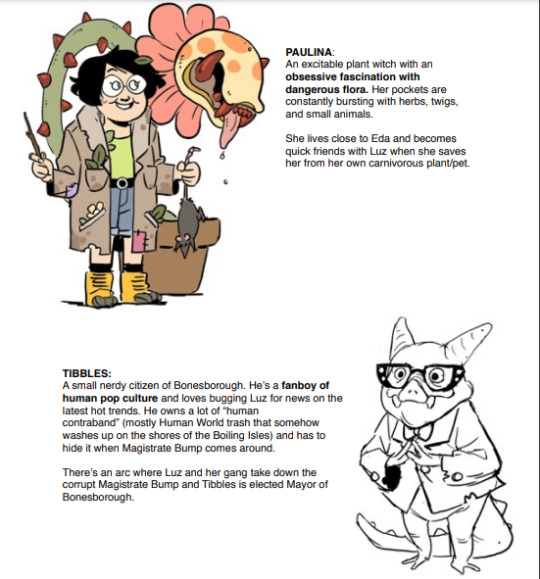
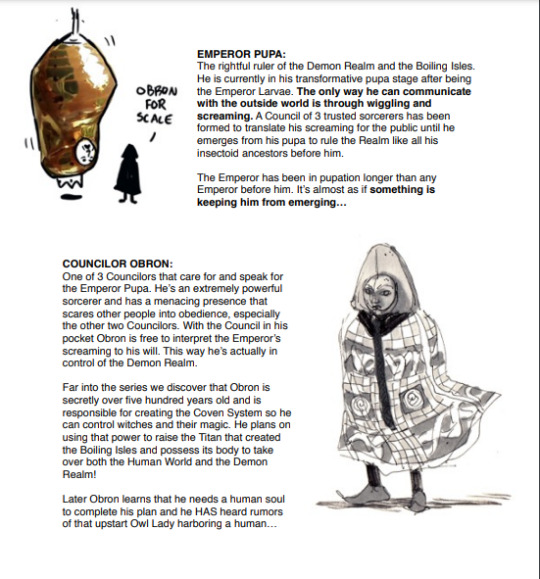
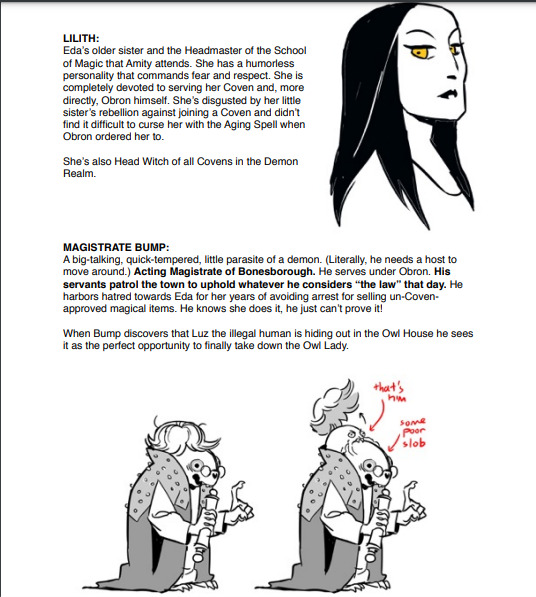
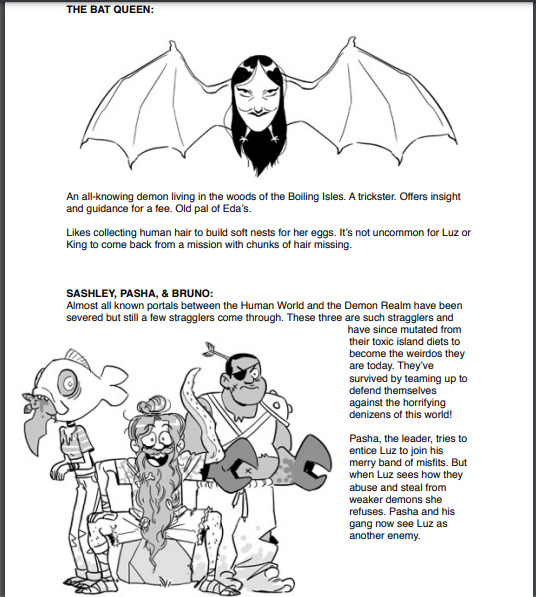


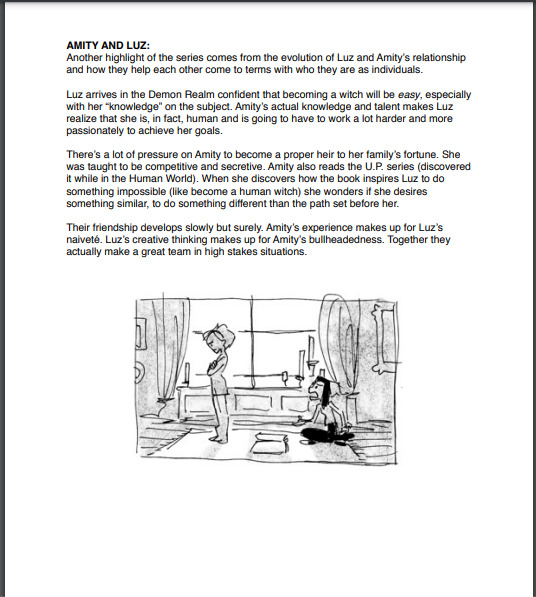
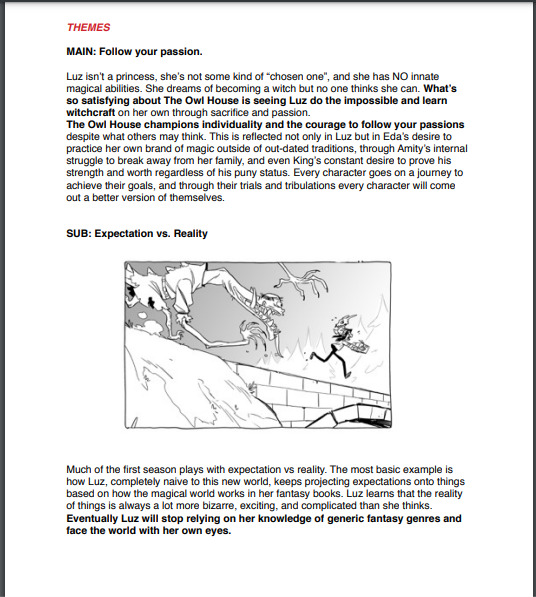
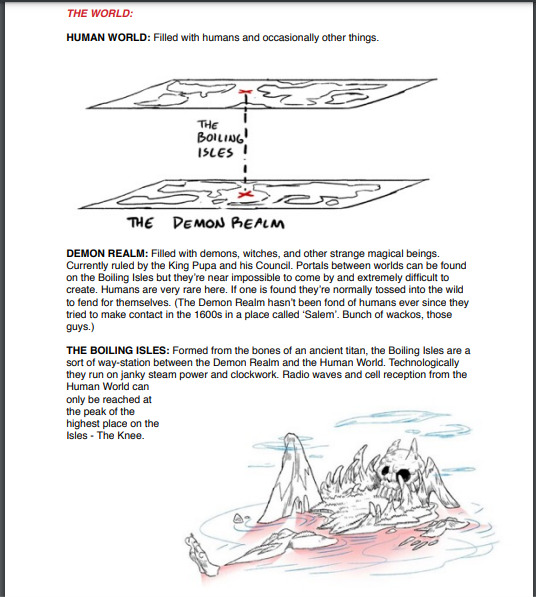
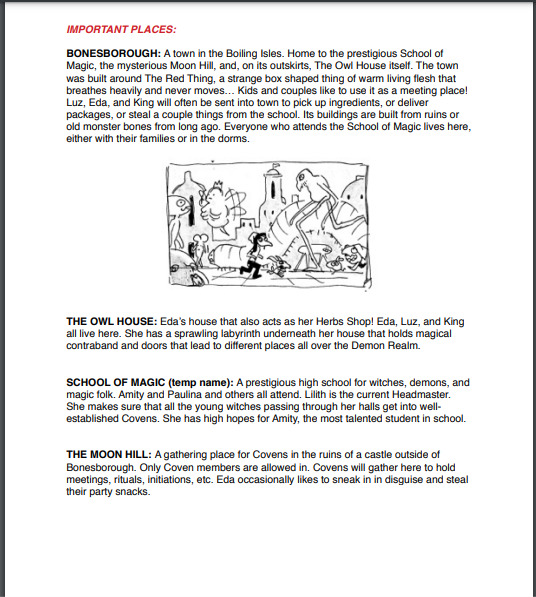
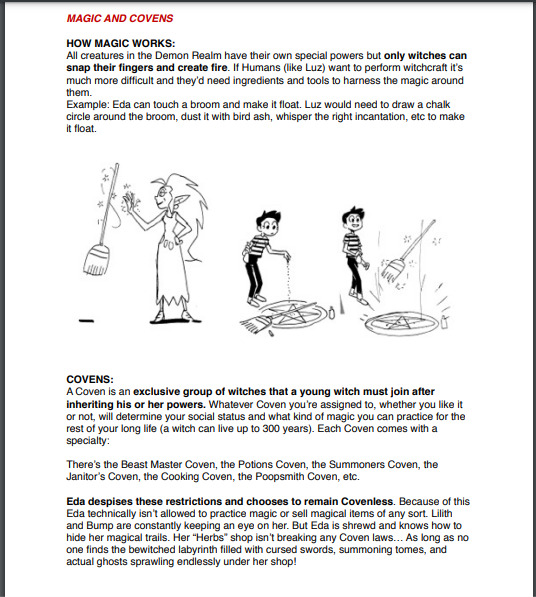

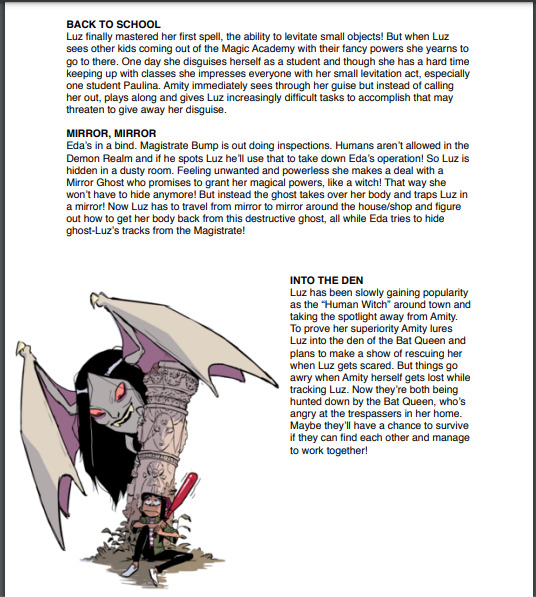
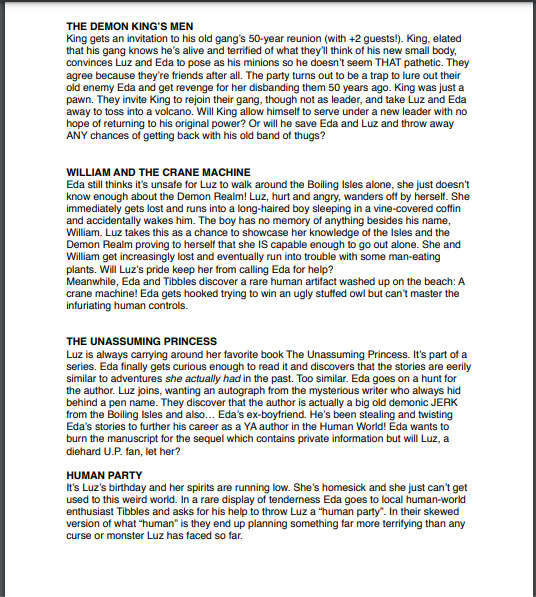
From this -
This post is mostly for those who don't want to have to click on the link in order to read the entirety of The Owl House's series bible.
7K notes
·
View notes
Text
tired of seeing people villainise aechmea to hell and back . "guy that manipulates others to get their way , and seemingly doesn't care for other's wellbeing" literally also describes phos . can we agree that characters are multifaceted please
15 notes
·
View notes
Text
HNK ended, here my feelings in the end
youtube
2 notes
·
View notes
Text
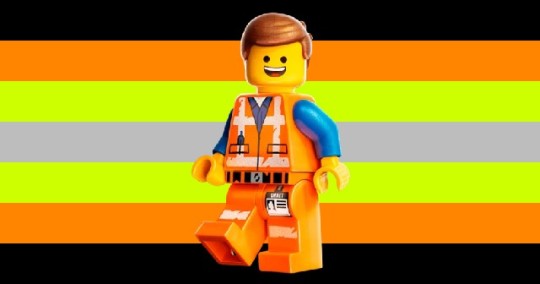
Emmet Brickowski from The Lego Movie is Forklift Certified!
887 notes
·
View notes
Text
I just think the Barbie Movie does not understand why some Barbie fans enjoy Barbie.
It's the campy absurdity rhat Barbie can literally do and be anything she wants. She's like a force of nature. That was what was so interesting about it. That's why there's several AUs about her. Barbie fans and writers love putting Barbie in scenarios. What if she was a Mermaid Princess? What if she was a Fashion Designer? What if she was bioengineer? What if she was a business executive? What if she was a surgeon?
The entire point is that there's infinite possibilities of what you can do with Barbie. You could put her in a 9 to 5 job at McDonald's or make her the fucking president.
And then the Barbie Movie is like "yeah actually it's kinda stupid to put pressure on Barbie to be perfect and do everything." IT WAS CAMP WHY ARE TAKING IT SERIOUSLY. The Barbie Girl song even states "imagination, life is your creation." WHY AREN'T YOU GETTING IT???
The appeal was having no limits on imagining what a woman like Barbie can do. I
10 notes
·
View notes
Text


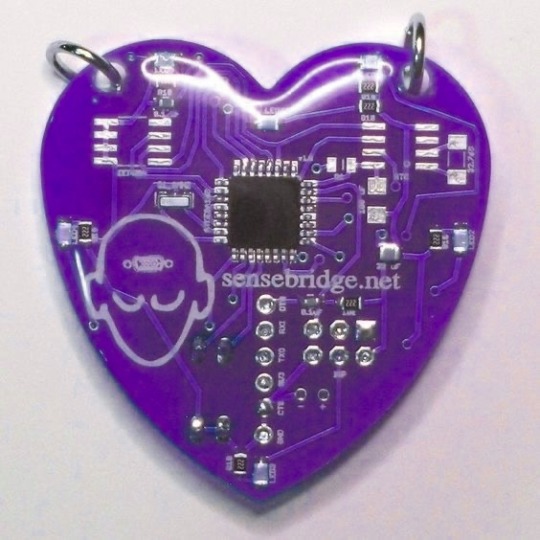
heartspark heartbeat display pendants from sensebridge.net
949 notes
·
View notes
Text
Humans have finally managed to land on Mars, only to find a locked safe buried in the Martian soil. The key is apparently on Earth, but no one knows where.
44K notes
·
View notes








